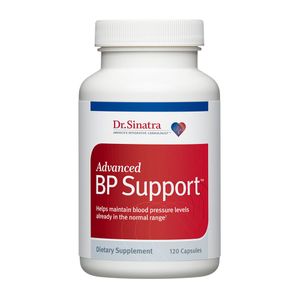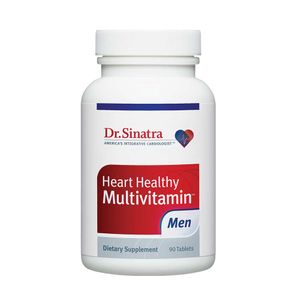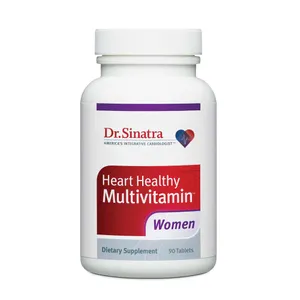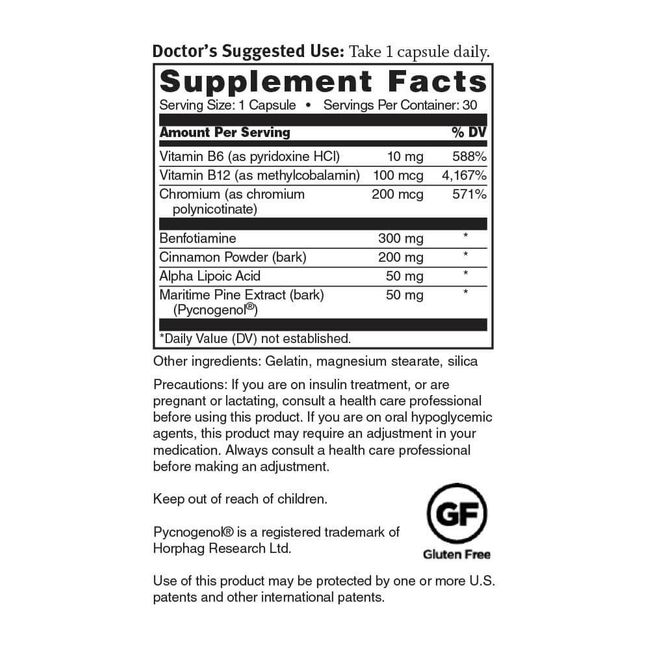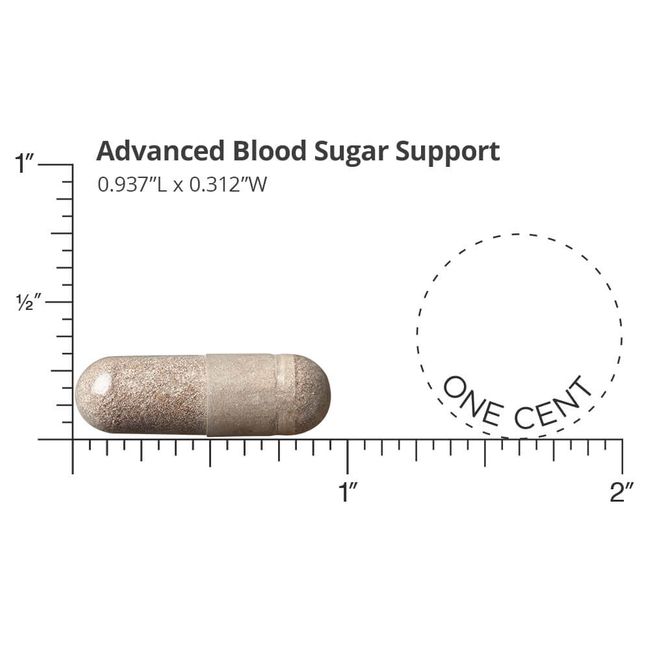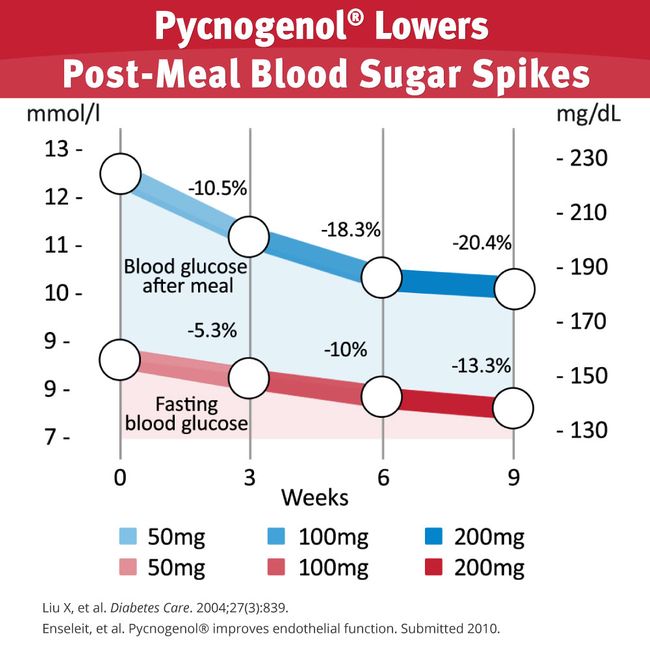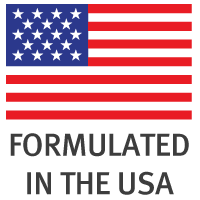Science and Quality
Pycnogenol®
Pycnogenol® is a standardized extract from French Maritime Pine Bark and consists of powerful antioxidants phenolic compounds including catechin, taxifolin, procyanidins, and phenolic acids.
Pycnogenol and its powerful phenolic antioxidant constituents support normal blood vessel function and health throughout the body. In the endothelium of the blood vessels, Pycnogenol stimulates the enzyme that produces nitric oxide (NO) in the body, which in turn supports cardiovascular health. This translates into benefits for the entire cardiovascular system, and other areas of the body.
Pycnogenol has been found to support healthy fasting and post-meal blood glucose levels, from doses of 50-200 mg daily.
In one open label pilot study, 30 men and women with blood sugar concerns were given Pycnogenol in doses of 50, 100, and 200 mg, taking each for 3 weeks. Pycnogenol significantly lowered fasting and post meal blood glucose levels throughout the 9-week period, compared to baseline. Furthermore, insulin levels remained unchanged at all doses, indicating Pycnogenol facilitated blood sugar uptake by previously insulin resistant cells.
Benfotiamine
This is a unique fat-soluble form of vitamin B1 and is found in roasted crushed garlic and other vegetables, such as onions, shallots, and leeks. Benfotiamine's unique open-ringed structure allows it to cross easily through the intestinal wall and pass directly into cells.
- Based on in vitro studies, benfotiamine is believed to enhance the activity of the enzyme transketolase.3
Cinnamon Powder (Bark)
This extract from the bark of a small Southeast Asian evergreen tree has been used in traditional Chinese medicine for thousands of years. Cellular research indicates that cinnamon's active ingredient (MHCP) may help activate insulin receptors and work synergistically with insulin to support normal glucose uptake and glycogen synthesis.4
Alpha Lipoic Acid (ALA)
This powerful, naturally occurring nutrient is an important activator for enzymes that drive cellular mitochondrial engines. As an antioxidant, ALA helps protect against free radicals, regenerates endogenous antioxidants (such as glutathione and vitamins C and E), and chelates transition metal ions, resulting in reduced ROS production.5
Chromium
This essential trace element is required for normal fat and carbohydrate metabolism and healthy glucose tolerance. Chromium may help promote normal insulin sensitivity by playing a role in insulin-binding sites on cells, which allow for normal transport of glucose into cells for energy.
The mineral is also thought to be a biologically active component of the glucose tolerance factor complex, which supports normal insulin sensitivity.6
- Research at 200 mcg suggests that chromium supplementation helps promote insulin efficiency and maintains normal blood glucose.7,8
1Liu X, et al. Diabetes Care. 2004;27(3):839.
2Liu X, et al. Life Sciences. 2004;75:2505–13.
3Hammes H-P, et al. Nature Medicine. 2003;9(3):294–99.
4Jarvill-Taylor K. J Am Coll Nutr. 2001 Aug;20(4):327–36.
5Packer L, et al. Free Radic Biol Med. 1995 19(2):227–50.
6Wilson B. Diabet. and Clin Prac. 1995(28):179–84.
7Anderson RA. Nutrition Review. 1998. Sep;56(9):266–70.
8Anderson RA. Metabolism. 1983;32(9):894–99.
Product Quality
- Manufactured to exacting standards using highest quality raw materials
- Produced in accordance with our strict Standard Operating Procedures (SOPs) that meet those set by the FDA’s Good Manufacturing Practices
- Every batch tested to verify purity and potency specifications are met
- Quality assured with our Triple-Testing Philosophy™
- Backed by our 100% satisfaction guarantee
